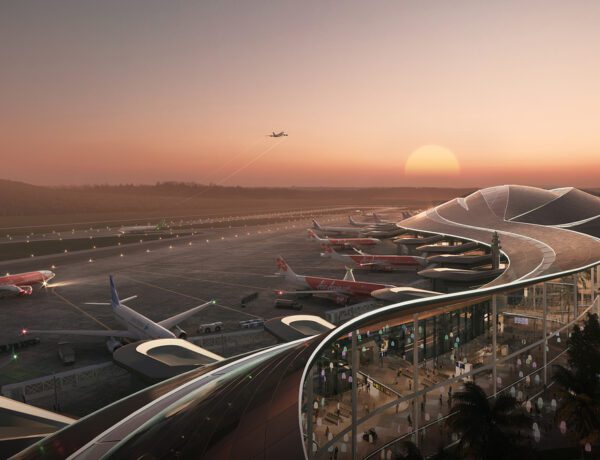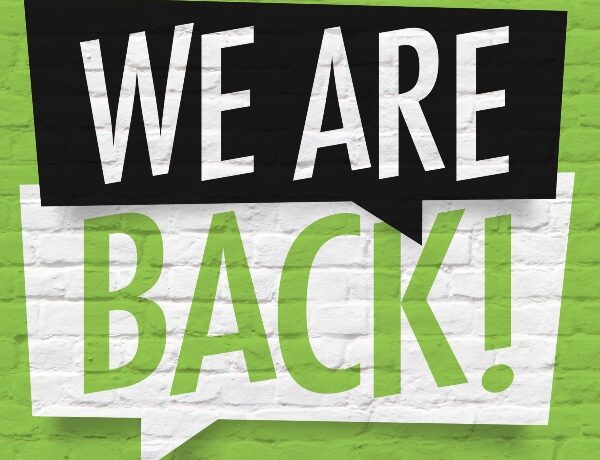The choice to open a coworking space in Lombok was an obvious and easy one. At SAME SAME, we have proud ourselves with having the best and most reliable internet on the island of Lombok. When during the pandemic, we saw a change in how people work and travel, we decided to transform one of our spaces into a co-working space.
Before opening our coworking space, we did our due diligence. The history of coworking space is part of this. Since it was interesting, we decided to post it on our website.
1995 – the first “coworking” space was actually founded by hackers in Berlin. The idea was to share thoughts, space and information to complete tasks to those who joined the membership. Presently, they have added seminars, classes and a variety of social events, helping with the trend to open up more community spaces. There are hackerspaces in San Francisco, Santa Clara and Brooklyn and they keep growing.
1995 – The word “coworking” was first used by Bernard DeKoven, who described it as “working together as equals.” Individuals who are self-employed or working for different employers but , can share ideas with tools and coordinated meetings through a computer network. A space opened up in New York that same year by a software company with a flexible desk setting.
2002 – The first coworking space opened up in Schraubenfabrik, Vienna, in an old renovated factory, which began as a community center for enterprises. It expanded to include freelancers and other professionals working with cell phones and laptops. The spaces continued to grow and function under the name of Konnex Communities in 2004 – the commencement to the local network of coworking spaces.
2005 – San Francisco hosts the first coworking space in August by Brad Neuberg – he believed that home offices and business centers were unsocial and unproductive. The space offered desks, free wifi, shared lunches, bike tours, meditation and massages closing at 5:45 PM sharp. It closed after a year and replaced in 2006 under the name of the Hat Factory. London opened up 40 coworking spaces by a franchise network on five different continents. In Germany, St. Oberholz opened up its first cafes in Berlin and offered free internet. Presently, St. Oberholz offers a true coworking space above its cafe.
2006 – Coworking Wiki space opens up in San Francisco. Chris Messina, who created the Twitter hashtag, is one of the co-founders. The first full-time coworking space opens at the Hat Factory. Co-founders are Brad Neuber, Chris Messina and Tara Hunt. At this time, it was one out of about 30 coworking spaces throughout the world. Jellies opened where groups can exchange ideas in a relaxed atmosphere, without a commitment – the community can later develop into a coworking space if they wish.
2007 – The first time the word “coworking” is seen on Google’s database. The searches have increased tremendously. The term coworking has become a megamedia name. “Coworking” got into the English version of Wikipedia.
2008/2009 – Unofficial coworking meet-ups happen and planned the first Coworking conference in Brussels in 2010. In August, the Coworking Visa is cultivated- allowing members of various coworking spaces to visit other spaces for free. Cubes & Crayons was the first coworking space to open alongside the facilities for children a few months old to preschoolers. At year’s end in 2008, there were approximately 160 coworking spaces worldwide.
2009 – Germany opens Betahaus, the first official coworking space and was noted in the largest new magazine, the Spiegel. In 2010, Germany is known to be the first country in Europe to use the term “coworking”, pursuant to Google trends.
2010 – The first #CoworkingDay was celebrated by the movement. The first European coworking conference took place in Brussels. At this time, there were at least 600 coworking spaces worldwide, with more than half located in North America.
2011 – The first “Coworking Unconference” was located in Austin, Texas. Angel funding starts for a network of spaces. Large companies began to explore the coworking idea and opened their own chain of coworking spaces specializing in corporate coworking.
2012 – Coworking spaces worldwide adds up to more than 2,000 established. Media outlets such as twitter have a huge increase of tweets (over 50%) with hashtag “coworking” – more than the prior year.
2013 – As many as 100,000 members worked at a coworking space at the beginning of the year. Mid-year, the 3,000th coworking space is founded. Most of the coworking spaces run independent of networks. In an Ontario coworking space, they offered the first health insurance plan.
2015 – The New York Times writes about a new idea that sees coworking mixing with the home office at a resort or hotel. The story is, “Co-Working on Vacation: A Desk in Paradise”. The main idea of the story is combining coworking and coliving on Gran Canaria in the Canary Islands – a surfing destination. The Surf Office was born, originally opened two years earlier as an experiment, making it a place attractive to freelancers, surfers and travelers.
2016 – Coworking and coliving idea broadened. WeWork offered residential coliving in New York City, named WeLive. The units are mostly studio, one-bedroom and two-bedroom – all have a private kitchen and at least one private bathroom. They are typically furnished, decorated and set up with cable, also internet move-in ready. They also have a community manager to plan events, etc. New York and California Campus coliving closes its 34 locations.
2017 – WeWork raises funding and becomes the most highly valued US private tech companies and its company is Uber and AirBnB. Valued at $20 Billion. 1.2 million people worldwide would have worked at a coworking space.
2018– As of 2018, the market has a variety of huge players that are giving WeWork a run for its money. Coworking franchises such as Impact hub, Venture X, and Serendipity are expanding throughout the space.
2019 – WeWork had an unsuccessful IPO attempt with SoftBank causing WeWork’s valuation to drop from 49 billion to 8 billion allowing SoftBank to seize control of the company and fire its management team.
2019-2020 New coworking platforms are rising to the scene to filll the void between coworking software, spaces, and remote workers.
2022 – SAME SAME in Lombok is opening their first coworkingspace
See you soon !



No Comments